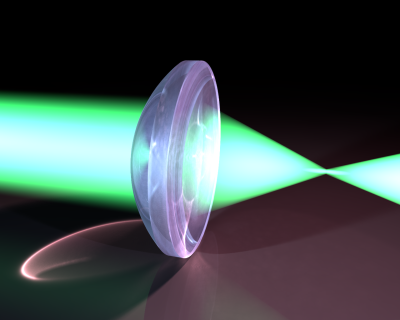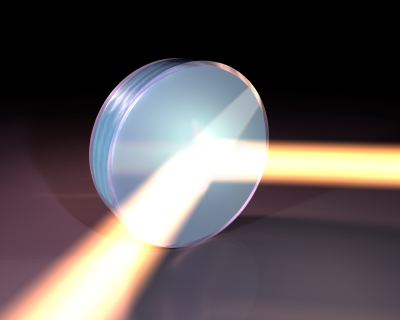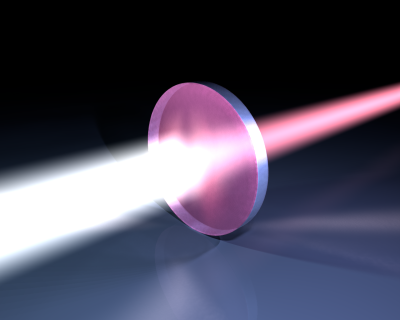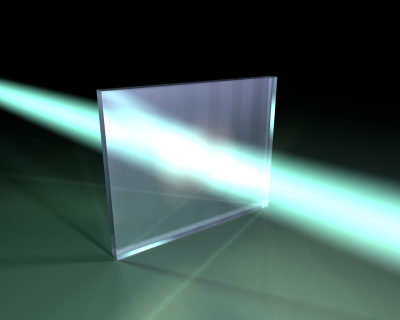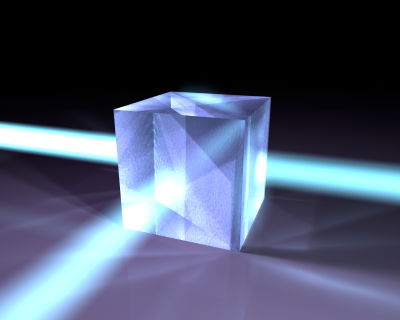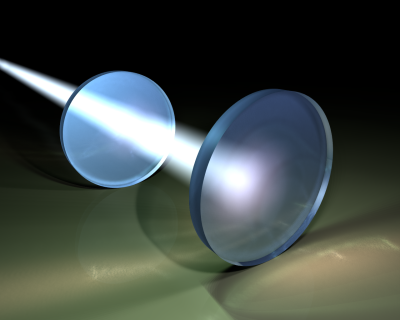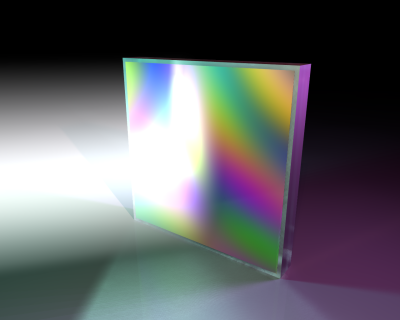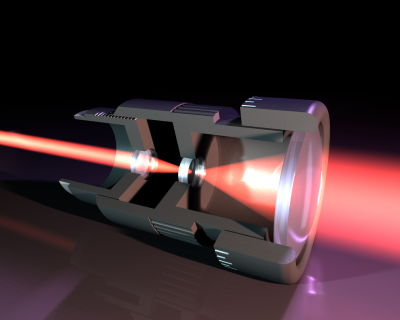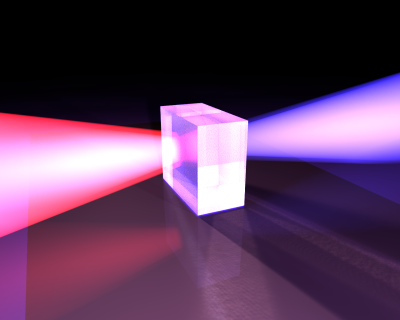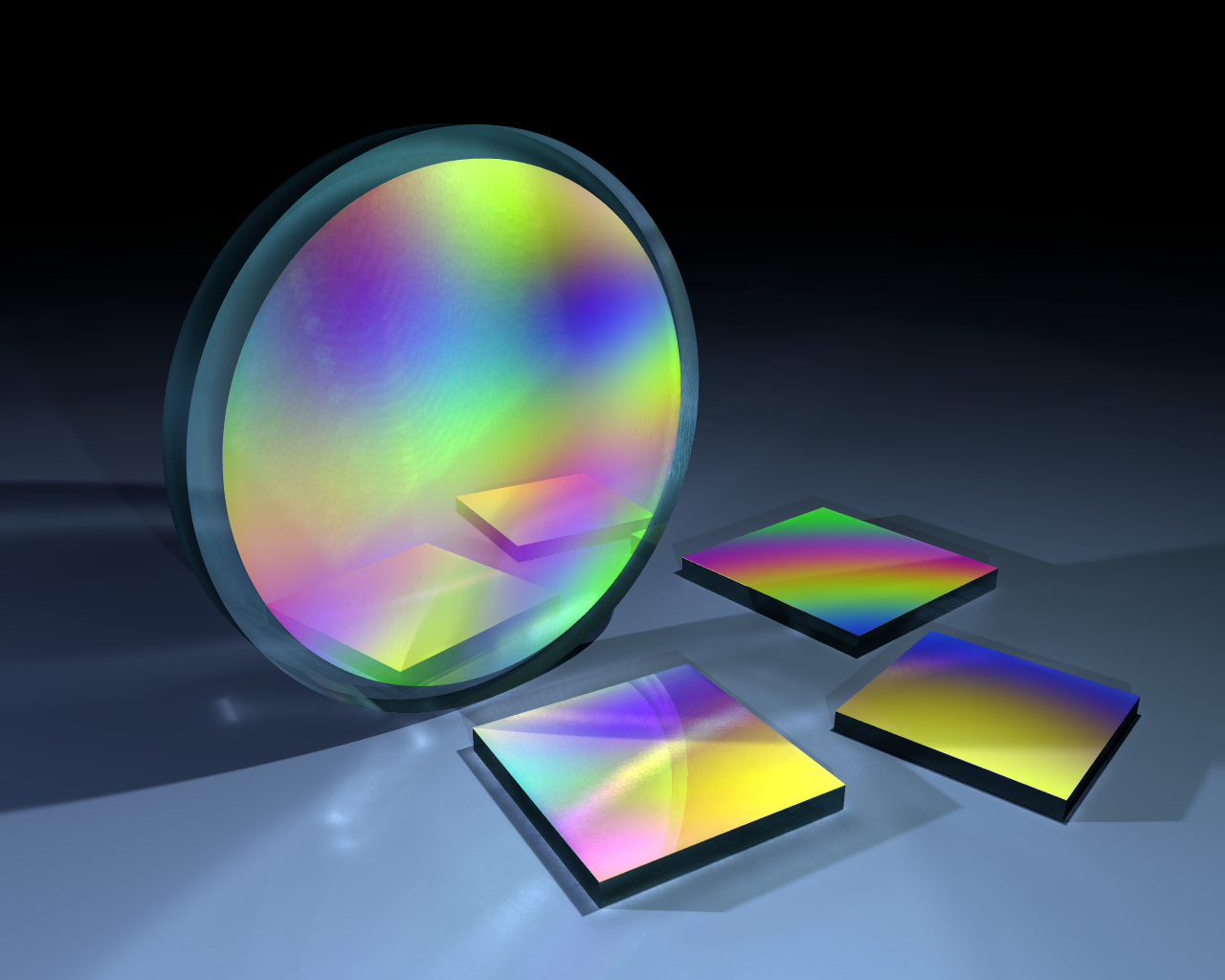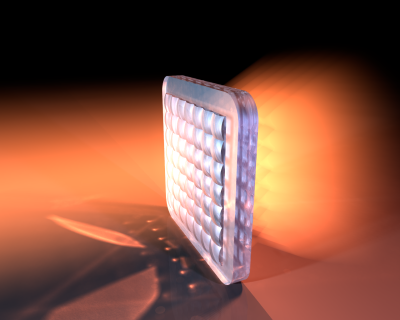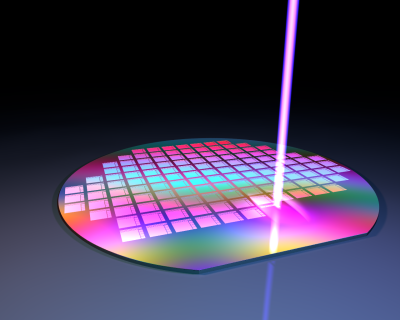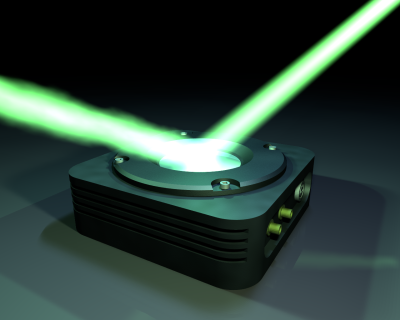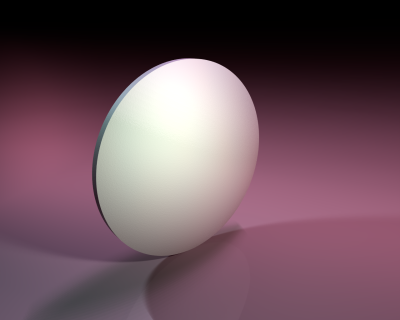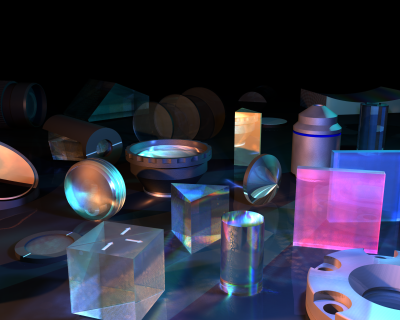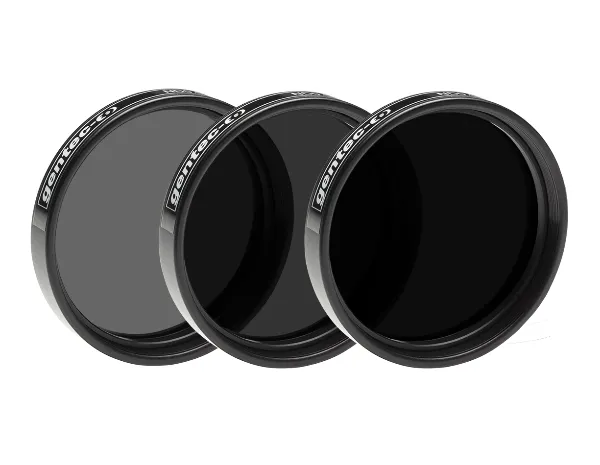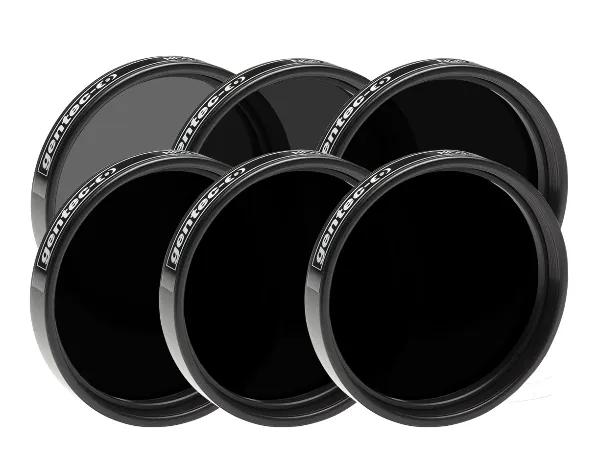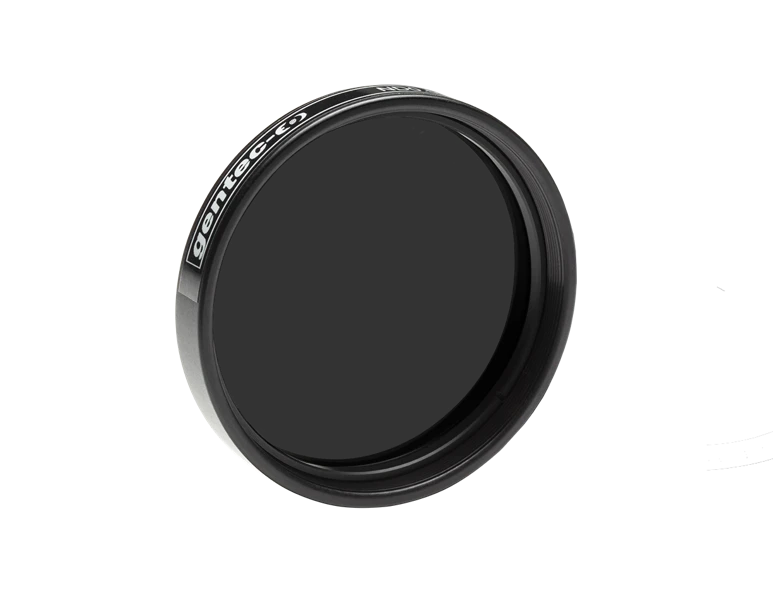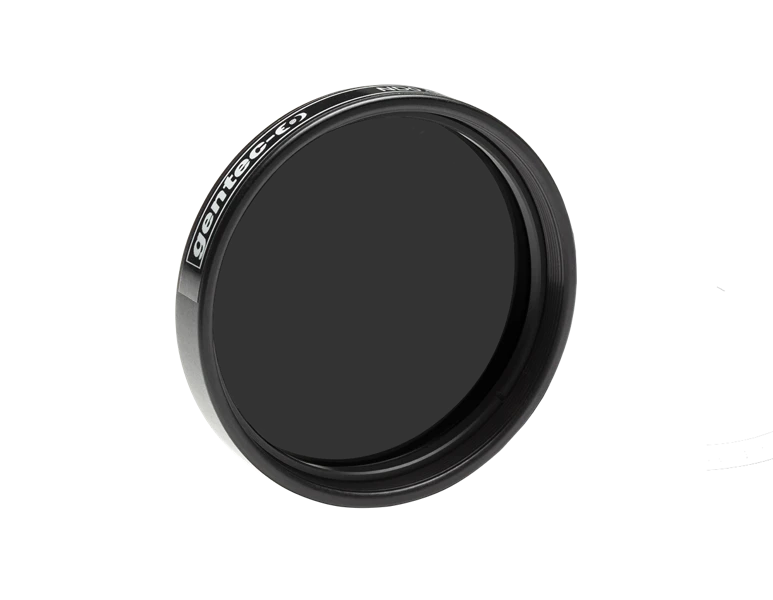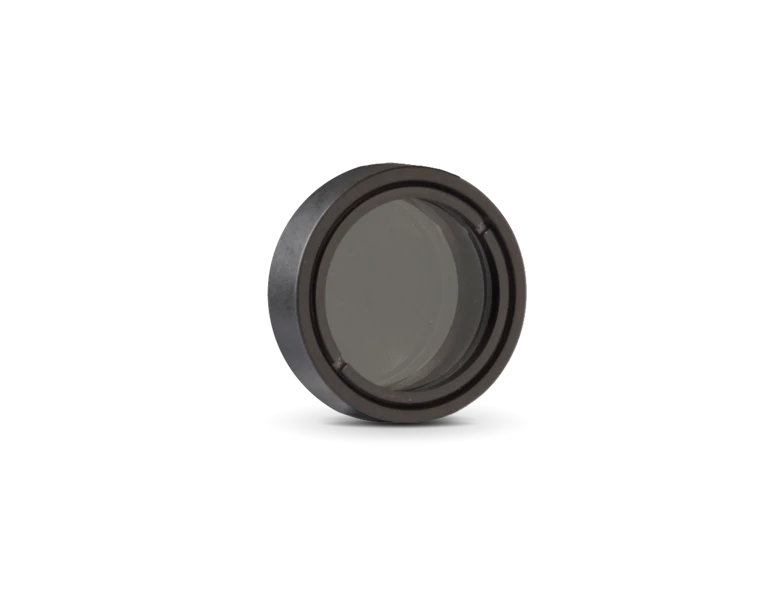Select products you want to compare
Partially cover the range: Show products that work over part of the specified range.
:
Optical substrates are designed to transmit across a specified wavelength range with specific dispersion and thermal expansion characteristics.
[Learn More] The clear aperture is the pupil of the system that preserves all specifications defined by the manufacturer. It is always smaller than the diameter of the optic.
[Learn More] Optical density measures how well a component blocks light passing through it. A high optical density indicates very low transmission. OD is measured on a log scale.
[Learn More] Surface quality measures surface imperfections and is expressed by two numbers separated by a hyphen (scratch-dig). The first number refers to scratches and the second to digs or pits, where lower numbers indicate higher quality.
[Learn More] Thickness indicates the distance between two surfaces. Larger thickness allows for greater heat dissipation and higher resistance to stress in machining, blocking, and handling, however it increases weight and dispersion.
[Learn More] Beam deviation indicates the angle between the incident and the transmitted or reflected beam after traversing the optical component.
[Learn More] Cooled mounts are used in laser systems to control and stabilize the temperature. By actively dissipating heat away from these components, cooled mounts prevent excessive temperatures and consequent damage.
[Learn More] The CW damage threshold indicates the maximum power density that an optic can withstand without being damaged by a CW laser. Power Density (W/cm2) = P (W) / A (cm2).
[Learn More] The field of view (FOV) of an optical system is the viewable area of the object seen at any given time, and at a fixed orientation, by an observer or a device such as a camera, microscope, or telescope.
[Learn More] The focal length measures the strength of an optical system to converge (focus) or diverge light. It is related to the radius of curvature and inversely proportional to the optical power.
[Learn More] Surface Irregularity, Surface Flatness or Surface Figure is the maximum deviation from a fully flat face along the same lateral dimensions specified in fraction of reference wavelength.
[Learn More] It is the free space between the object plane (sample) and the first surface of the first element from the object in a complex lens (optical assembly) or the front edge of a single lens.
[Learn More] Copy
Copy
Copy
Copy
Copy
Copy
Copy
Copy
Copy
Copy
Copy
Copy
Partially cover the range: Show products that work over part of the specified range.
:
